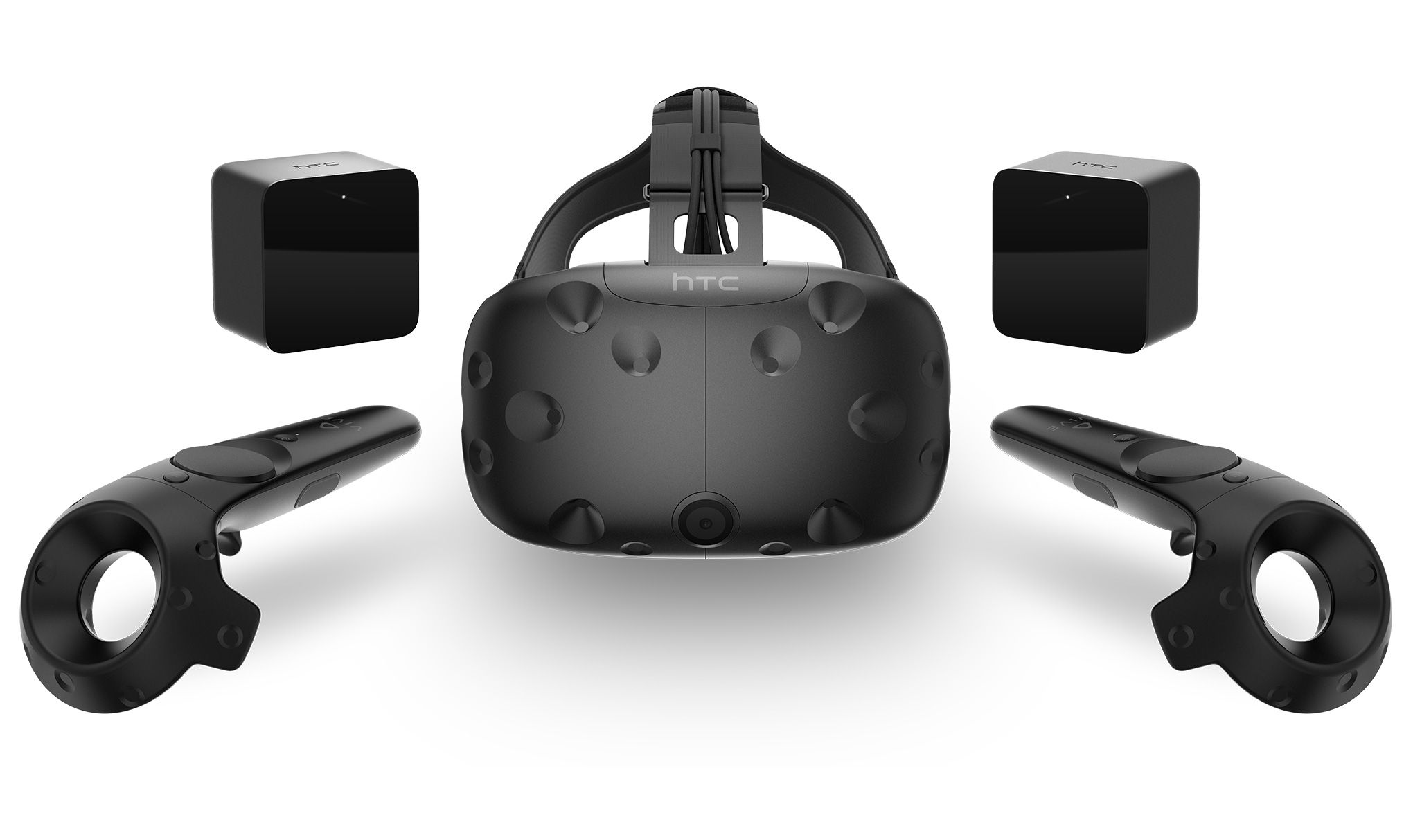 This week we put our Mudbox skills to the test. Framestore has contests to get college students to compete to get the best models. This time they let us have a 2 hour time limit to create something in Mudbox, the description they gave was 'your specialization'. Considering that this was incredibly vague they let us choose anything that was personal to you but to make a brand new mesh with the idea. You start with the preset mesh of the sphere and model away.
This week we put our Mudbox skills to the test. Framestore has contests to get college students to compete to get the best models. This time they let us have a 2 hour time limit to create something in Mudbox, the description they gave was 'your specialization'. Considering that this was incredibly vague they let us choose anything that was personal to you but to make a brand new mesh with the idea. You start with the preset mesh of the sphere and model away. To create this the images that I chose were the 'Dark Souls Black Knight Helmet' and 'Sauron's Helmet' from Lord of the Rings. I tried to combine these ideas into my Mudbox mesh. This was my result, as you can tell my result could have been better than what it was. My main problem wasn't with the pressure the design or the idea. My problem was the program Mudbox, the reason for this is the way that Mudbox operates is that it creates a backup save file that is used for saving the file if the program crashes and allows you to undo the mistakes that you have done in your recent history. The machines I was working on had an over saved memory storage so it couldn't have the back up save file all of the time. This left me constantly trying to fix my mistakes without any way to undo them and trying to fix the program. I eventually switched where the back up was saved, with a spare USB, but by that time I only had 40 minutes left.
To create this the images that I chose were the 'Dark Souls Black Knight Helmet' and 'Sauron's Helmet' from Lord of the Rings. I tried to combine these ideas into my Mudbox mesh. This was my result, as you can tell my result could have been better than what it was. My main problem wasn't with the pressure the design or the idea. My problem was the program Mudbox, the reason for this is the way that Mudbox operates is that it creates a backup save file that is used for saving the file if the program crashes and allows you to undo the mistakes that you have done in your recent history. The machines I was working on had an over saved memory storage so it couldn't have the back up save file all of the time. This left me constantly trying to fix my mistakes without any way to undo them and trying to fix the program. I eventually switched where the back up was saved, with a spare USB, but by that time I only had 40 minutes left.
The way that I tried to combine the ideas was taking some parts of the designs and putting them together and altering them if needed. Comparing both designs the black knight helmet has a more smooth look to it while Sauron's helmet has much more doing on with additions. However without any form of colour texture you can't see any form of the original designed helmet colour palettes.As the mesh stands on its own however I can say that I am happy with the fact that the glowing orange worked well with the rough stamp brush that I used to give the outer layer a more rough in certain places (even though it looks more like wood than metal). One more thing that I am happy with is the lances on the helmet, that they have pointy ends without have in a very random size ratio to the helmet.
Overall, I am happy with what I did do, but what annoys me is what could have been if the program actually worked fine. My mistake this time was assuming that the program will work flawlessly, I need to check the program for events like this in the future. Tool-wise a improvement I can think of is combining tools to have a smoother look for the model without flattening the models surface much. Before I work on this improvement though I need to finish my other work first for now.


























